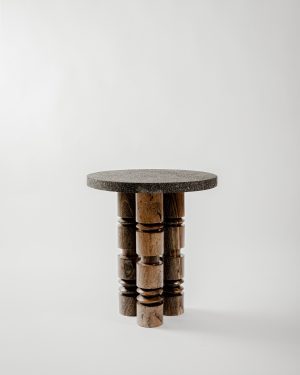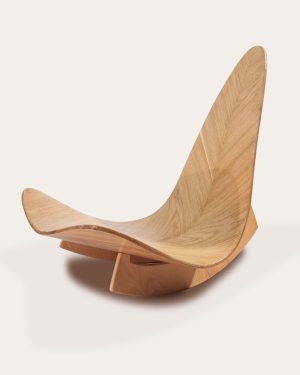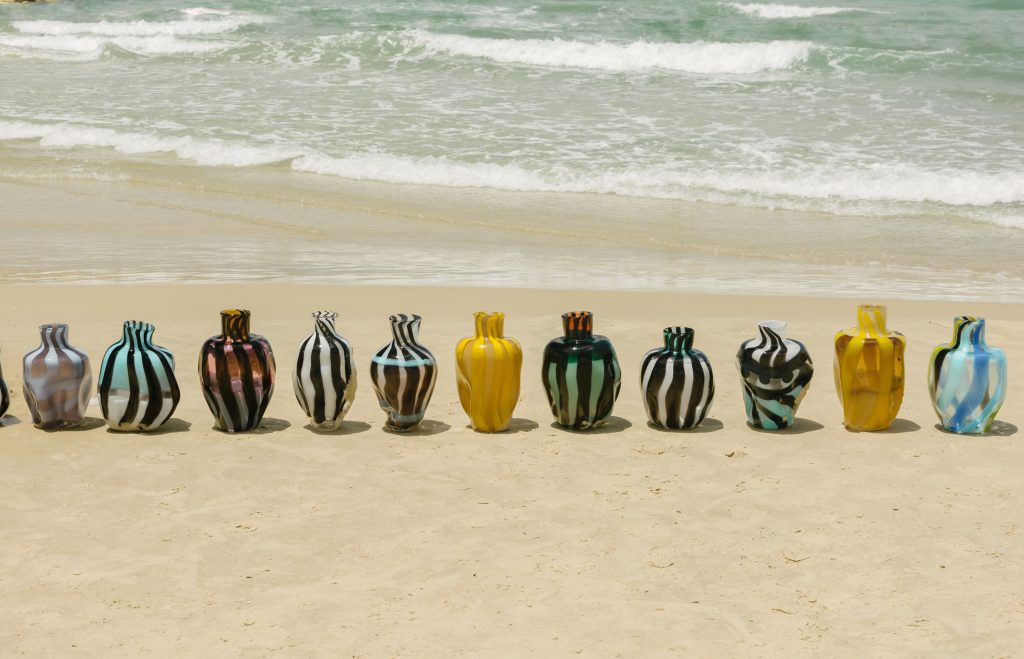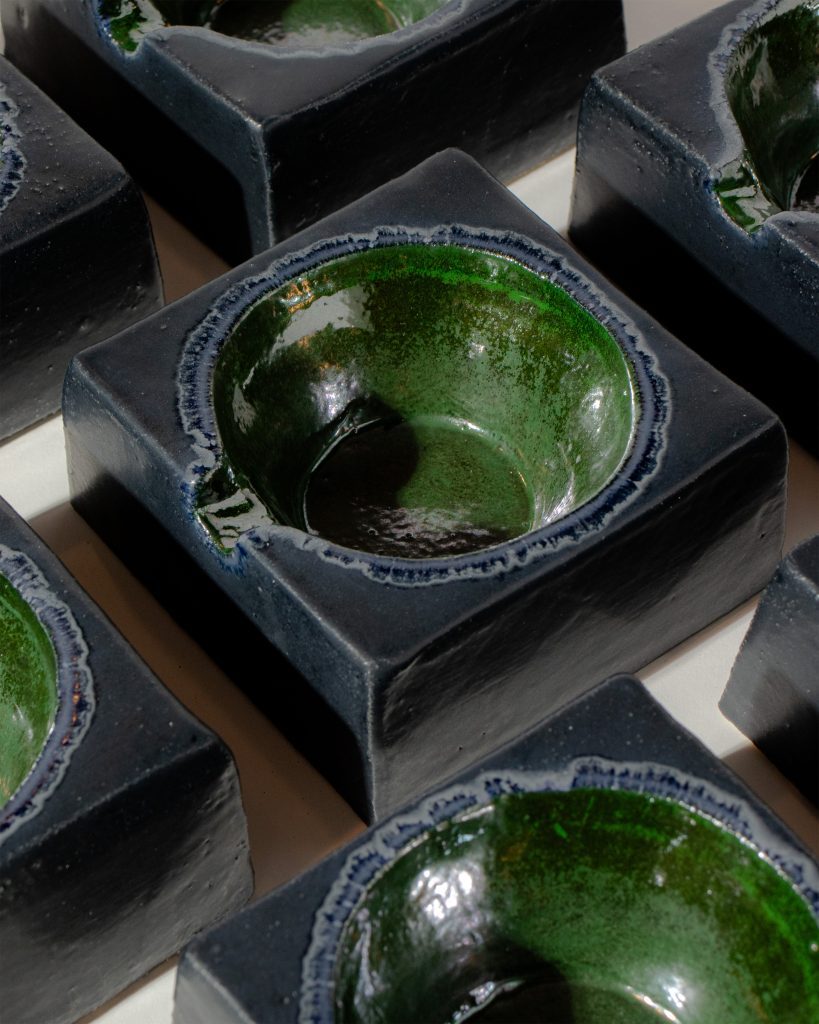

The Persistence of Artisanal Craft in an AI World
With AI breakthroughs happening almost daily, and the anxieties that come with them—automation threatening jobs, fears of creativity becoming mechanical, etc.—there’s a growing desire to reconnect with the familiarity and warmth of handmade craftsmanship. AI’s sleek appeal seems to lose its shine when compared to the authenticity of artisanal craftsmanship. It’s a curious observation: as our world becomes increasingly digital and automated, we find ourselves more enchanted than ever by artisanal craft goods and time-honored traditional methods.
While it is indeed a curious observation, this phenomenon is not new; in fact, we’ve been here before. A similar movement emerged in 1870s Britain, the epicenter of the Industrial Revolution. As mass-produced goods flooded the market and technological advancements accelerated, a group of artists and thinkers led by William Morris ignited a movement known as the Arts and Crafts Movement. Their rallying cry? A return to traditional craftsmanship and the beauty of handmade aesthetics. This “William Morris Effect,” as put forth by Krzysztof Pelc for WIRED, suggests that far from rendering traditional crafts obsolete, our technological leaps might actually intensify our appreciation for craftsmanship.
For those grappling with the specter of AI, this historical parallel offers reassurance. It suggests a future where traditional craft and cutting-edge technology coexist and enhance each other’s value. Today, we’ll explore global crafts and techniques that embody something that AI, for all its capabilities, cannot replicate: the human spirit. As William Morris said, “A man at work, making something which he feels will exist because he is working at it and wills it, is exercising the energies of his mind and soul as well as of his body.” While the differences between AI-generated and human-made creations may sometimes be subtle, there’s an invaluable significance in knowing a piece was crafted by human hands.






The William Morris Effect: History Repeats
As Britain’s industrial revolution peaked, factories mass-produced goods at unprecedented rates, sparking an unexpected countercurrent. The Arts and Crafts movement emerged and drew inspiration from medieval aesthetics and traditional techniques. This wasn’t simply nostalgia, but a deliberate choice to counter industrial uniformity with human touch and historical richness. Despite initial skepticism, the movement gradually garnered support. Ironically, as assembly-line products flooded middle-class homes, elite tastes began to shift towards artisanal craftsmanship. Hand-printed wallpapers featuring intricate botanical designs, textiles woven using time-honored methods, and furniture showcasing visible craftsmanship became highly sought after.
Today, we’re witnessing a similar phenomenon, but with a digital twist. In our AI-driven age, where algorithms can generate art (whether or not it is art is a philosophical discussion for another time…) and 3D printers can produce objects on demand, there’s a growing appreciation for the handmade. Much like the Arts and Crafts movement looked to medieval inspirations, today’s artisans are reviving traditional crafts from global cultures.
Slow design practices are celebrated, with makers embracing time-honored techniques and locally sourced materials. Around the world, artisans are prioritizing and fostering deep connections with their communities, turning workshops into hubs of creativity and social engagement. Once again, this is not simply nostalgia at play—it’s a powerful assertion of human creativity in the face of automation, a testament to our enduring desire for objects alive with story, skill, and soul.






Which Artisanal Techniques Are Used Today?
Against this backdrop, let’s examine just a few craft techniques that have endured and are being actively preserved by design studios worldwide.
Mola
Guna artisans of Panama’s San Blas Islands create intricate, reverse-appliqué textiles by layering, cutting, and hand-stitching vibrant fabric panels. These wearable artworks often depict stylized animals, plants, and geometric patterns, each telling a story of Guna culture and cosmology. The complexity and cultural depth of each Mola exemplify the irreplaceable value of human creativity in a digital world.
Kintsugi
This Japanese art mends broken pottery with gold-infused lacquer, transforming cracks into gleaming seams. Embodying the wabi-sabi philosophy, Kintsugi celebrates imperfection and resilience. In our age of digital flawlessness, it reminds us that beauty often lies in the scars of experience.
Oaxaca Black Pottery
In the valleys of Oaxaca, Mexico, artisans continue to create lustrous black ceramics using millennia-old techniques. The pottery’s distinctive sheen comes from polishing the clay with quartz before firing in underground pits. Each piece emerges with unique patterns, a testament to the irreproducible magic of traditional craftsmanship.




Indigo Dyeing
Practiced from Japan to West Africa, indigo dyeing transforms textiles into deep, mesmerizing blues. Artisans ferment indigo plants to produce a living dye, resulting in fabrics with incredible depth and subtle variations.
Tapestry
Weaving narratives and memories into fabric, tapestry is an art form that has endured for centuries. Artisans interlace colored weft threads with warp strings, creating detailed scenes that often depict historical events, myths, or personal stories.
Caning
Intricate and functional, caning weaves chair seats and backs using natural materials like rattan, reed, or rush. Artisans carefully interlace these fibers in geometric patterns, creating both sturdy and decorative surfaces.
Rug Making
Across cultures, from Nepalese rugs to Navajo weaving, rug making intertwines art with storytelling. Skilled artisans hand-knot or weave intricate patterns, often representing symbols, myths, or landscapes significant to their heritage. Every rug becomes a tactile archive, preserving centuries of tradition and cultural narratives in its fibers.
The Future: A Premium on the Artisanal
The rise of AI and automation is reshaping our understanding of value in unexpected ways. As machine-learning algorithms master tasks once thought to be uniquely human, we’re witnessing a fascinating shift in consumer behavior and market dynamics. The more AI permeates our daily lives, the more we seem to crave the authenticity of human-made goods. Once more, this isn’t just about nostalgia or resistance to change. Rather, it reflects a deepening appreciation for the unique qualities that handcrafted items bring to our increasingly digital world.
One key factor driving this trend is the concept of “provenance” – the story behind an object’s creation. Today, where digital replication is commonplace, the ability to trace an item’s origin to a specific artisan or workshop adds a layer of value and humanity. This narrative aspect of handmade goods resonates strongly with consumers seeking meaningful connections in their purchases. Moreover, the scarcity principle comes into play. As mass production becomes more sophisticated and ubiquitous, handcrafted items naturally become rarer. This scarcity, combined with the unique characteristics of each piece, is likely to drive up both demand and prices for artisanal goods.
Ultimately, the age of AI is not signaling the demise of handcraftsmanship and artisanal crafts; rather, it marks the dawn of a renaissance. As we advance, the dynamic interplay between cutting-edge technology and time-honored techniques is poised to give rise to extraordinary new forms of creativity and value. In a landscape dominated by digital perfection, the human touch emerges as an invaluable treasure. Traditional craft techniques not only endure in the age of AI—they flourish, serving as a testament to the enduring power of human creativity and cultural heritage.






-

 Coy Table Lamp€719 – €906 incl. tax
Coy Table Lamp€719 – €906 incl. tax -

 Trn / Model A1 Ceramic Pendant Light€556 incl. tax
Trn / Model A1 Ceramic Pendant Light€556 incl. tax -

 Clam – Copper Pendant€1.956 incl. tax
Clam – Copper Pendant€1.956 incl. tax -

 Compass – Teak Wall Light€500 incl. tax
Compass – Teak Wall Light€500 incl. tax -

 “Kau” Chair€13.250 incl. tax
“Kau” Chair€13.250 incl. tax -

 Loto Roca Side Table€2.061 – €2.380 incl. tax
Loto Roca Side Table€2.061 – €2.380 incl. tax -

 Nomad Ⅱ:09 – Ceramic Lamp€2.480
Nomad Ⅱ:09 – Ceramic Lamp€2.480 -

 Fos Hill – Volcanic Stone / Yucatan Wooden Side Table€1.724 incl. tax
Fos Hill – Volcanic Stone / Yucatan Wooden Side Table€1.724 incl. tax -

 Trb – Handcarved Lounge Chairs€938 – €1.125 incl. tax
Trb – Handcarved Lounge Chairs€938 – €1.125 incl. tax -

 Nomad Ⅱ:02 – Ceramic Lamp€2.480
Nomad Ⅱ:02 – Ceramic Lamp€2.480 -

 Planos Wooden Wall Art€2.250 incl. tax
Planos Wooden Wall Art€2.250 incl. tax -

 Liana Sculpture€2.963 incl. tax
Liana Sculpture€2.963 incl. tax




















